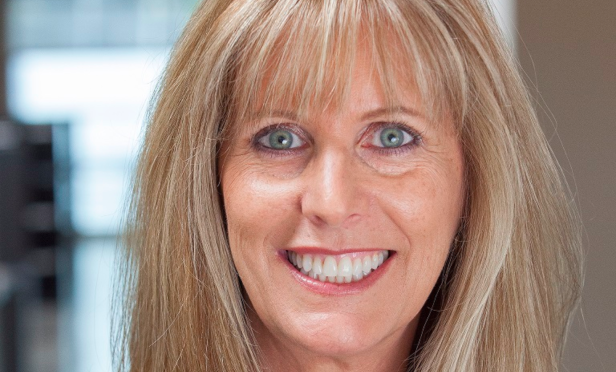Creative office is entering its next phase of growth. The popular office model, which has become a standard this cycle, started with open floor plans and collaborative spaces. The next iteration of the creative model is functionality. BLT Enterprises has unveiled a new neighborhood concept in West L.A. The new floor plan balances private and open space to enhance functionality.
“The first wave of creative office involved open floor plans, lots of collaborative space, few enclosed offices, benching, and little if any space for privacy or heads-down work,” Lisa Tamayo, VP of development at BLT Enterprises, tells GlobeSt.com. “Once office tenants embraced creative space and became comfortable with it, the next step was to make it even more user-friendly. The neighborhood workplaces that we develop not only look sharp, but also function better than either traditional office or previous versions of creative space. The combination helps companies attract and retain talent, which is a major focus in businesses today.”
While open floor plans and collaboration have dominated creative office, employees also need access to privacy, conference rooms and some enclosed offices. “The idea behind creative neighborhoods is to develop office space that takes into account how employees work, with whom they work, and what their needs are based on their role within the company and interaction with other team members,” says Tamayo. “Rather than simply placing their desks in the same area, team members are organized in neighborhoods that were designed for brainstorming sessions, manager oversight, and improved work flow.”
The neighborhood concept is focused on continuing to progress the workplace.
Improving functionality and balance between open and private spaces will in turn boost productivity and collaboration—the major benefits of creative office. “By designing space that facilitates better communication, we are helping tenants improve their firms' productivity—which ultimately impacts their bottom line—and offer their team members a workplace that enables them to do their jobs better and more easily. It's the next phase of creative office development,” adds Tamayo.
BLT's newest project employs this concept in a brick shell warehouse. Each of the so-called neighborhoods has a manager's office, an open floor plan and phone and meeting rooms. “We definitely see this as an emerging trend in office design,” says Tamayo. “Since the Great Recession, office tenants have been looking for ways to do more with less space and to maximize their real estate dollars. Choosing space that utilizes square footage in a more effective and purposeful way is one way for them to do so.” Boto Design Architects designed the space, and Hawke Media will occupy the property.
BLT worked closely with the tenant to design the space. A strong tenant-landlord relationship is important to build the space to truly meet tenant needs. “Developing custom designed space for our tenants establishes a unique collaborative partnership between us that is rare in landlord-tenant relationships,” adds Tamayo. “Since we have collaborated with them to create an ideal environment for the work they do, we understand their business, their needs, and their goals better than in a traditional office leasing arrangement. It encourages tenant retention as well—they know they can trust us because we comprehend who they are and where they're headed.”
© Touchpoint Markets, All Rights Reserved. Request academic re-use from www.copyright.com. All other uses, submit a request to [email protected]. For more inforrmation visit Asset & Logo Licensing.







